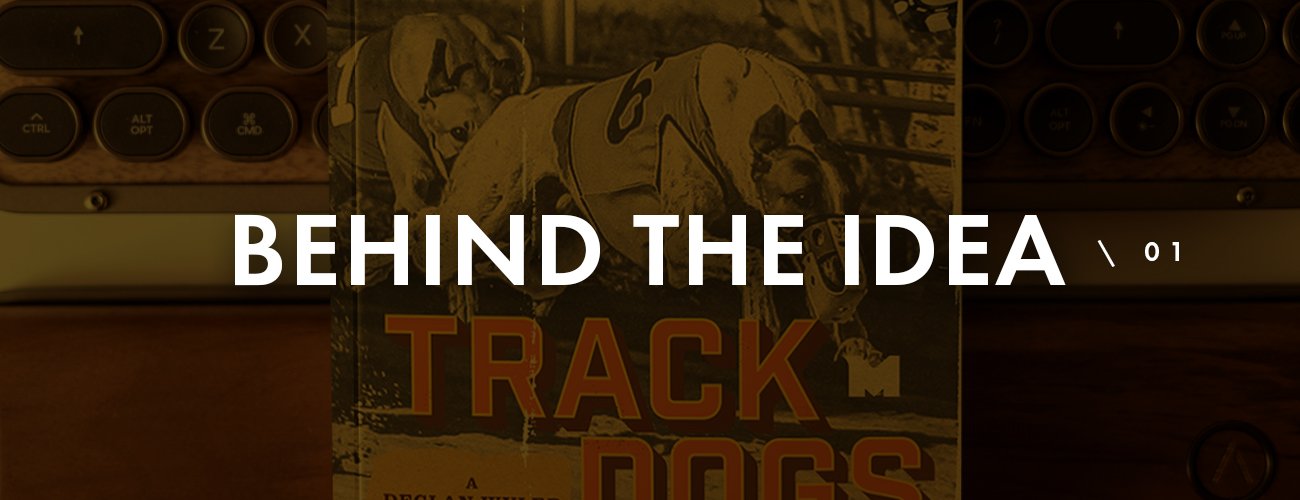I was taking a break from work one day and was scrolling through a social media site when I came across a video from an organization that helped abandoned dogs recover from years of neglect and abuse. The footage documented a before—when the people found the dog—and an after—once the dog got care and was adopted by a loving family. At the start of the video, the dog in question was found with a shoelace tied around its neck. The people who discovered the dog believed the shoelace was there since the dog was a puppy. As a result, parts of the dog’s head had become swollen as it grew, but the tightness of the shoelace never slackened, restricting an even flow of blood through its body. If that sounds horrible to you, you’re not alone. It was a jarring thing to watch, and it stuck with me for a few days after. And over that time, I saw more videos just like it, with varying degrees of terrible things done to dogs. Thankfully, each video ended on a positive note, showing the dog healed. It got me thinking, though, of how many dogs were out there that didn’t have a happy ending. How many of them were left alone and suffering and were never rescued? Cue the Sarah McLachlan music.
In all seriousness, though, the video stirred something inside me. There was disappointment in humanity but also some anger. How people could do that to a defenseless creature was beyond my comprehension. And part of that anger stemmed from the fact that many people responsible for that type of cruelty never suffered any consequences. Take the high-profile case of Michael Vick, for example. He only spent 21 months in jail for his role in running an illegal dog fighting operation and eventually made his way back onto the field playing football. None of that seemed right to me.
Also, around this time, I watched Lee Childs’ (creator of the Jack Reacher novels) BBC Maestro course on writing. In one segment, Childs mentioned Reacher was a means of wish fulfillment. The character was big and clever and could do things to bad people that someone couldn’t do in real life. Using that as a springboard, I cobbled together a character who would dole out justice to people who committed crimes against dogs.
And Declan Wyler and his partner Blackjack were born.
Not to be overly dramatic, but they would be the avenging angels for the canine population. Wyler’s background was inspired by documentaries I watched about dog handlers in the military. I was impressed by the training that went into these dogs to complete unbelievable feats, whether detecting explosives, tracking people, or being the tip of the spear during an enemy assault. I knew I wanted to create a crime series, but in this case, the crimes would involve dogs in some capacity. They would be the primary victims, so to speak, instead of people.
With my characters developed, I needed my first plot, so I turned to gambling. After seeing some horse races, I noticed dog racing was often connected with it. Though most of the races took place in Australia, not the US. When I did some research, I found that most dog racing here had been banned. As of today, only five states still have active tracks. And one of the more recent states to ban the sport was Florida. This got me thinking then: what would breeders—ones that might have a tendency toward crime—do with all of their dogs with the new laws in place? All of this gave me the focus on greyhounds then and their particular speed characteristic (some clock in at 45mph). Combine that with drug trafficking, federal versus state criminal statutes, and, woo-lah, Track Dogs.
Well, that wraps this first peek behind the curtain of how I come up with ideas for my stories. If you liked this and want to see more, drop a comment.

